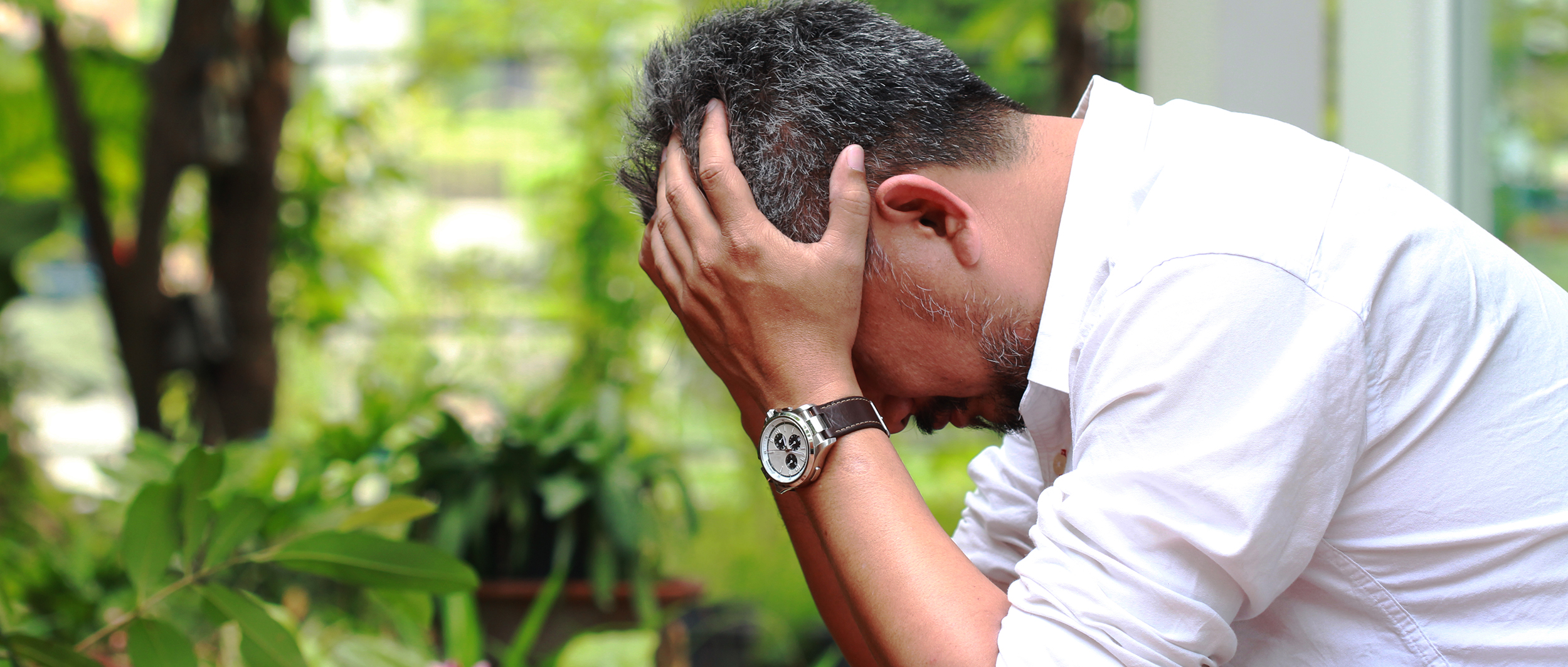It's More than Just a Headache

Migraine Headaches Explained
Most of us experience an occasional headache, but many people suffer from undiagnosed migraine headaches. Migraine headaches, commonly called migraines, can occur at any age, although the first one often occurs during adolescence. Migraines tend to peak around age 30 and gradually become less severe and less frequent with age. Women are three times more likely to suffer from migraine headaches than men.
Some factors can influence migraine headaches.
- Genetics – family history of migraines
- Environmental factors
- Changes in the nervous system
- Imbalances in brain chemicals
If you experience headaches, it’s a good idea to see your personal doctor to discuss your signs and symptoms. Not all headaches are migraine headaches – there are a variety of headache types, with different, appropriate treatments.
The four stages of a migraine headache
Migraine headaches typically occur in four stages.
Prodrome
This stage occurs prior to the onset of the migraine headache – it can be anywhere from two hours to two days before. Many symptoms accompany this stage.
- Constipation
- Diarrhea
- Mood changes
- Food cravings
- Neck stiffness
- Increased thirst and urination
- Frequent yawning
- Drowsiness
- Hyperactivity
- Irritability
Aura
This occurs a few minutes before or at the same time as the migraine headache. Visual or other sensory symptoms can occur, such as the below.
- Flashes or flickers of light
- Blurred vision
- Vision loss
- The sensation of pins and needles in arms or legs
- Weakness,
- Numbness or tingling in the face or on one side of the body
- Difficulty speaking
- Metallic taste in the mouth
- Hearing noises or music
- Uncontrollable jerking
- Involuntary movements
Attack
The migraine headache gradually builds and can last from four to 72 hours if untreated. During a migraine attack, a person may experience these symptoms.
- Head pain (on one or both sides of the head)
- Throbbing
- Pulsating pain
- Nausea
- Vomiting
- Sensitivity to light, sounds, smell and touch.
Postdrome
Following the migraine headache, a person may feel fatigued or confused. Some people feel elated and relieved to be free from pain. Sudden head movement may briefly bring back the pain.
What triggers a migraine headache?
Common migraine triggers can affect people differently but identifying them can help with migraine management.
- Hormonal changes in women (fluctuations in estrogen) including oral contraceptives and hormone replacement therapy
- Stress (professional and/or personal)
- Sensory stimuli including bright lights – fluorescent lights, strobe or flashing lights, sun glare, loud noises, offensive smells and/or second-hand smoke
- Changes in sleep pattern, such as missing sleep or jet lag
- Physical factors – intense physical exertion
- Weather changes – barometric pressure fluctuations
- Medications
- Food
- Caffeine
- Aged cheeses (blue cheese)
- Processed meats with nitrites and/or nitrates, such as hot dogs, sausage, bacon
- Alcohol (especially red wine which contains tyramine, tannins and sulfate preservatives)
- Monosodium glutamate (MSG) found in Chinese fast food, barbecue sauce, salad dressings, soy sauce, packaged foods and bouillon. MSG may be listed as “natural flavoring,” “all-natural preservatives,” “hydrolyzed fat” or “hydrolyzed protein.”
- Citrus fruits (along with other high-acid foods) can trigger gastric irritation
- Dark chocolate contains beta-phenylethylamine
- Spicy foods (chili peppers trigger migraines more than any other spicy food)
- Food/drinks containing aspartame and sucralose (especially diet sodas)
Migraine headache prevention tips
Science is making strides in the management and treatment of migraine headaches. There is no cure, but if you suffer from migraines, you can do some things to proactively prevent them.
- Keep a journal of potential triggers
- Eliminate the most likely culprits – if food is the trigger, avoid that food if possible
- Make an appointment with your personal doctor for an evaluation
- See a dietician, weight loss can help prevent migraines
- Stick to fresh foods – eating a healthy, nutritious, well-rounded diet is important
- Don’t rule out healthy foods as possible triggers – eggs, tomatoes, peanuts and tree nuts, beans, cultured dairy products, onions, dairy products, wheat (gluten) pasta and bread products
- Include Omega-3 fatty acids in your diet
- Stay hydrated – drink 64 ounces of water each day unless your doctor has told you otherwise
- Monitor caffeine intake
- Don’t skip meals
See your doctor immediately or go to the emergency room if you experience any of the following symptoms, which may indicate a more serious medical problem.
- Sudden onset severe headache, headache with fever, stiff neck, confusion, blurred vision, weakness, numbness, tingling, trouble speaking or seizures
- Headache after a head injury, especially if it gradually gets worse
- Headache worsens after coughing, straining, exertion or sudden movement
- Newly onset headache pain after the age of 50
If you have any questions about symptoms or treatment for migraine headaches, contact your medical professional today.



